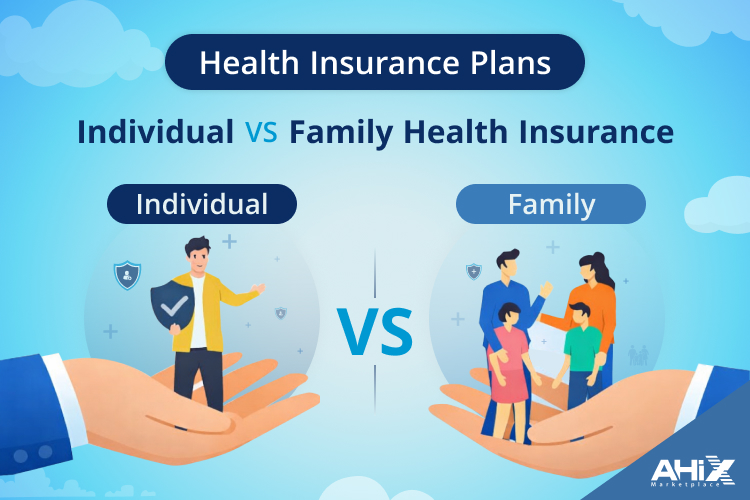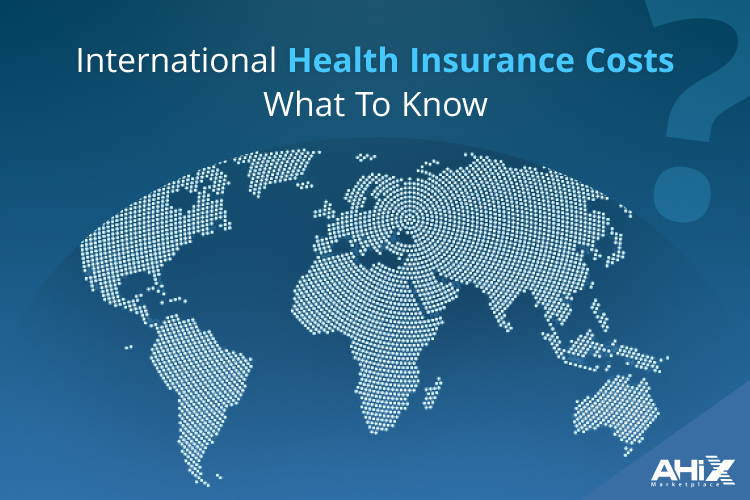What Is Dental Insurance?
Dental insurance is a type of health insurance that helps cover the cost of dental care, including preventive services like cleanings and exams, as well as procedures like fillings and crowns. It reduces out-of-pocket expenses by sharing costs between you and the insurance provider, providing a significant dental benefit.
Understanding dental insurance is crucial in the US, where dental care costs are often not covered by standard health insurance. With dental insurance, routine checkups and treatments become more affordable, helping you maintain good oral health and avoid expensive problems later on.
How Does Dental Insurance Work?
You pay a regular fee, called a premium, to the dental insurance company to keep your coverage. If you have dental insurance through your job, the premium might be taken directly from your paycheck. If not, you can pay the premium monthly, quarterly, or annually to the insurance company.
Premiums aren’t the only cost. When you visit the dentist, you’ll have additional costs, like a deductible (the amount you pay before insurance kicks in) and/or a copay (a small fee at the time of service). Most plans also have an annual maximum, which is the most your insurance will pay in a year. If your dental costs go over that limit, you’ll have to pay the rest yourself. However, some plans, called no-maximum plans, don’t have this limit, although they are less common.
What Does Dental Insurance Cover?
Dental insurance typically helps cover three main areas of dental care: preventive, basic, and major services.
- Preventive Care usually includes routine services like cleanings, exams, and X-rays, along with fluoride treatments. Most dental insurance plans cover 100% of these costs, so you don’t have to pay anything out-of-pocket.
- Basic Services often include basic procedures like fillings and simple tooth extractions. Depending on your policy, dental insurance typically covers 80% to 100% of these costs, meaning you’ll pay a smaller portion yourself. Dental procedures are categorized and covered by insurance plans as preventive, basic, and major, each with different coverage levels and costs.
- Major Services cover more complex procedures, such as crowns, root canals, and oral surgery. Coverage for these services can range from 50% to 80%, depending on your plan. This is also where you might see some exclusions or limits in your policy, like for orthodontics or dentures, which may have separate coverage limits.
Most dental insurance plans are designed to focus on prevention, making it easier and more affordable to get regular checkups, cleanings, and other routine care.
A good dental plan should also cover at least part of the cost for crowns, root canals, oral surgery, panoramic X-rays, and treatments for gum disease. Dental benefits can significantly impact the overall cost and access to dental care, depending on the type of plan chosen.
What is not covered by dental insurance?
Dental coverage typically doesn’t include certain dental services, especially those considered cosmetic. These can include:
- Cosmetic dentistry
- Teeth whitening
- Orthodontics (such as braces) may be covered, but often with a lifetime maximum limit. Be sure to check your policy for specific details.
If your plan does offer coverage for these services, it’s usually at a lower percentage, meaning you’ll likely have to pay more out-of-pocket for these treatments. Always review your policy carefully to understand what is and isn’t covered.
Key Terms: Deductibles, Coinsurance, and Copays
When you have dental insurance, there are some costs you’ll still need to pay out-of-pocket, such as deductibles, coinsurance, and copays. Here’s a simple breakdown of each:
Deductible:
This is the amount you must pay for covered services before your dental insurance kicks in. For example, if your plan has a $100 annual deductible, you’ll need to pay that $100 first before your insurance begins sharing the costs with you.
Coinsurance:
After you meet your deductible, you and the insurance company share the remaining costs. For instance, if you have 20% coinsurance, you’ll pay 20% of the cost, while the insurance company covers the remaining 80%. So, if your total bill is $200 after your deductible is met, you would pay $40 (20%) and the insurance company would pay $160 (80%).
Copay:
A copay is a fixed amount you pay at the time of your dental visit, like $20 for a routine checkup. This is separate from your deductible and coinsurance, and it’s typically a small fee to cover part of the service cost. Some plans operate on a copay system, meaning you won’t have a deductible to meet; instead, you just pay the copay for each service.
These terms are important to understand so you can plan for any out-of-pocket costs when you visit the dentist.
A. What Are Annual Coverage Maximums?
Your annual coverage maximum is the highest amount your dental insurance will pay for your dental care in one benefit year. Once you reach this limit, your insurance stops covering additional costs, and you are responsible for paying the rest out-of-pocket.
For example, if your annual maximum is $1,500 and you need $3,000 worth of dental services, your insurance will cover up to $1,500. You’ll be responsible for paying the remaining $1,500 yourself until the next plan year starts.
B. Managing Costs Beyond the Annual Maximum
When you hit your annual maximum, here are some ways to manage the extra costs:
- Prioritize necessary treatments: Work with your dentist to address the most urgent care needs first.
- Spread treatments over multiple plan years: If possible, schedule non-urgent treatments after your new benefit year begins to make use of a fresh annual maximum.
- Use payment plans: Many dental offices offer payment plans that allow you to pay off the balance over time.
By understanding how your annual maximum works and planning ahead, you can better manage your dental care costs.
What Are Dental Insurance Plan Types?
Understanding the different types of dental insurance plans is key to choosing the right one for your needs. Here are some common types of dental insurance plans:
Medicaid services provide dental benefits to eligible individuals, and Medicaid expansion has significantly improved access to dental care for many people.
Dental Preferred Provider Organization (DPPO)
A DPPO is a type of dental plan where dentists agree to offer services at reduced rates. You have the flexibility to visit any licensed dentist, but staying within the network usually costs less. If you go outside the network, you’ll likely pay more for services.
Dental Health Maintenance Organization (DHMO)
A DHMO plan typically has lower premiums than a PPO and often doesn’t require a deductible. With a DHMO, you pay set copayments for services, with minimal or no copayments for preventive care. One major benefit is that DHMOs usually don’t have an annual coverage maximum. However, the network is smaller, and out-of-network care isn’t covered.
Discount Plans
Discount plans are not insurance but offer reduced fees for dental services. You choose from a network of participating dentists and pay directly at the time of treatment. While they cost less than a PPO, there’s no insurance company to help with payments—just lower fees for care.
Fee-for-Service Plans
Also known as indemnity plans, these let you see any dentist you choose. There’s no network, so you aren’t limited to specific providers. The plan pays a percentage of the cost for each service, and you pay the rest. However, unlike a PPO, there are no discounted fees or network benefits.
By understanding these plan types, you can select the one that best fits your dental care needs and budget.
How Much Does Dental Insurance Cost?
According to AHiX Advisor’s analysis, a comprehensive dental insurance plan costs an average of $47 a month. On the other hand, a preventive care plan costs an average of around $26 a month. The cost of dental insurance varies depending on factors such as the level of coverage, the insurance company, and the specific benefits the plan offers.
Where to Get Dental Insurance Plan?
If you’re looking for dental insurance, AHiX marketplace is a great option for purchasing private dental plans. The marketplace allows individuals and families to compare different plans based on coverage and cost, helping you find the best fit for your needs. You can explore options ranging from basic preventive care to more comprehensive plans.
While many people get dental insurance through an employer-sponsored plan, the AHiX marketplace is ideal for those who don’t have access to employer coverage. It’s similar to the Affordable Care Act (ACA) marketplace, but offers additional flexibility and plan choices directly from private insurers.
Keep in mind that group dental insurance (like those offered by employers) is generally more affordable and may not have waiting periods for care. However, when buying through the AHiX marketplace, it’s important to review each plan’s details to understand any potential waiting periods and coverage limits.
FAQ:
1. Are dental insurance premiums tax-deductible?
Dental insurance premiums may be tax-deductible if you pay out-of-pocket and your total medical expenses, including dental, exceed 7.5% of your AGI. However, premiums paid through pre-tax employer plans are not deductible. Check with a tax advisor for specifics.
2. Is dental insurance worth it?
Yes, dental insurance is often worth it if you need routine care like cleanings or fillings, which are usually fully covered. For major procedures, it helps reduce costs. However, if you visit the dentist rarely, a savings plan might be better.
3. Does dental insurance cover cosmetic procedures like teeth whitening?
Most dental insurance plans do not cover cosmetic treatments like teeth whitening, veneers, or bonding, as they are considered non-essential. If you’re interested in these procedures, check with your insurance or consider paying out-of-pocket.
4. Is there a waiting period for dental insurance?
Yes, many dental insurance plans have waiting periods, especially for major procedures like crowns or braces. Preventive care is usually covered immediately, but for more extensive treatments, the wait can range from 6 to 12 months. Be sure to review your plan details before enrolling.
5. Can I get dental insurance without health insurance?
Yes, you can buy dental insurance separately from health insurance. Many insurance companies offer standalone dental coverage, and there are also dental discount plans available for those looking for lower-cost alternatives.
6. Does dental insurance cover braces or orthodontics?
Some dental insurance plans include orthodontic coverage, but it’s often limited to children and may only cover a portion of the cost. Adult orthodontic coverage is less common and may require a higher-tier plan or supplemental orthodontic coverage.



